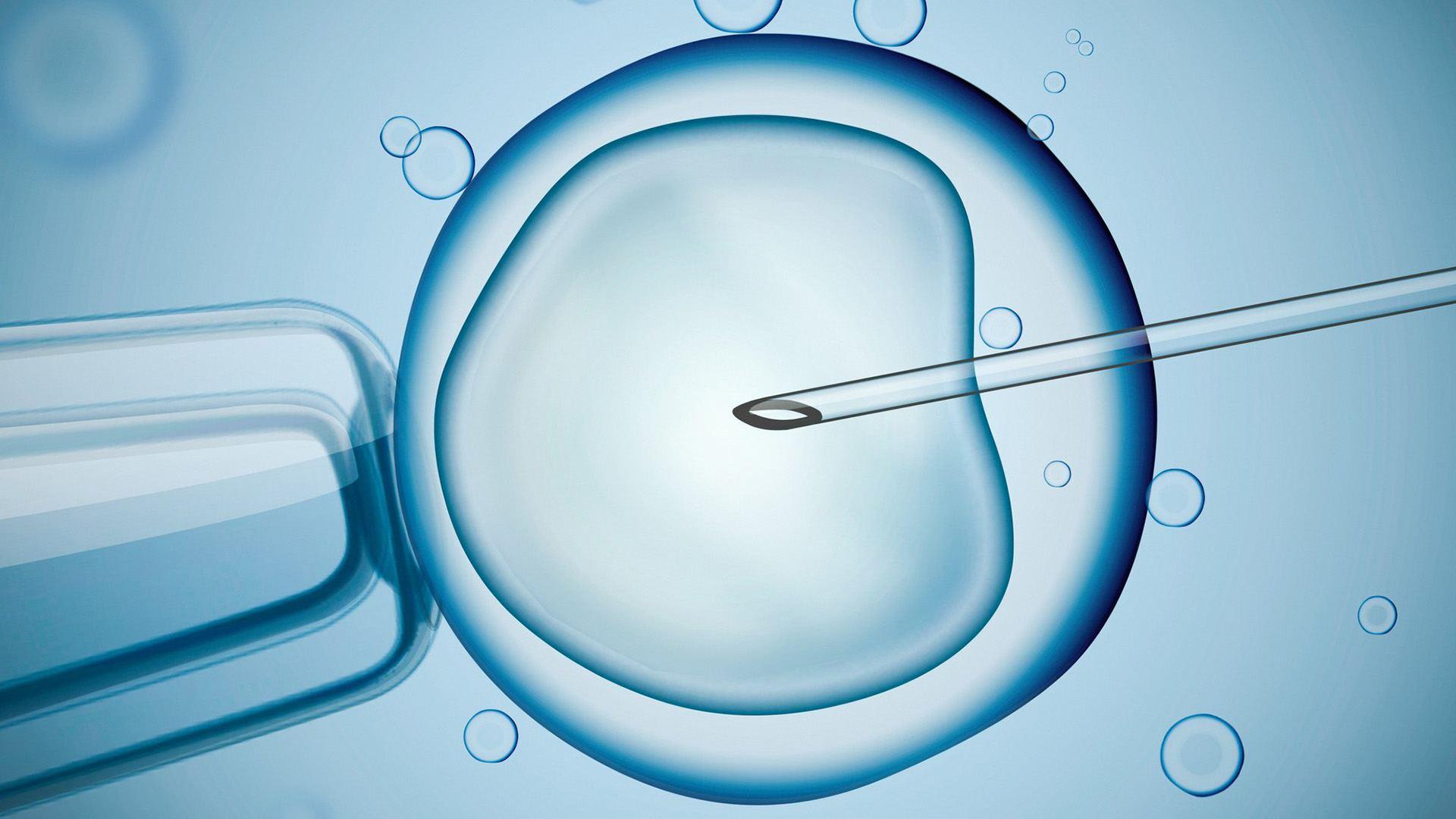Tennessee Senate passes bill to protect access to IVF
By Natalie Richardson,
PET
| 03. 24. 2025
The Fertility Treatment and Contraceptive Protection Act passed unanimously in the Tennessee Senate and aims to protect access to IVF in the state.
The bill (SB0449/HB0533) was filed by Republicans Senator Becky Massey and Representative Iris Rudder received support from both Republican and Democrat senators. The bill aims to protect access to IVF and contraception in the state and clarify that access is not prohibited under existing state laws on abortion. A similar bill was rejected last year.
'I am very pleased by the unanimous passage of SB0449,' Senator Massey told WVLT News. 'I would like to emphasise that this bill does not mandate coverage or create an entitlement for fertility treatment or contraceptives.'
Following the Supreme Court's decision to overturn Roe v Wade in 2022, Tennessee introduced a restrictive abortion ban. This prompted concerns that access to IVF in the state could be restricted if legal protections were interpreted as extending to embryos, as in Alabama (see BioNews 1228). Since then, both parties have attempted to introduce bills to clarify the law on IVF...
Related Articles
By Katherine Long, Ben Foldy, and Lingling Wei, The Wall Street Journal | 12.13.2025
Inside a closed Los Angeles courtroom, something wasn’t right.
Clerks working for family court Judge Amy Pellman were reviewing routine surrogacy petitions when they spotted an unusual pattern: the same name, again and again.
A Chinese billionaire was seeking parental...
By Sarah A. Topol, The New York Times Magazine | 12.14.2025
The women in House 3 rarely had a chance to speak to the women in House 5, but when they did, the things they heard scared them. They didn’t actually know where House 5 was, only that it was huge...
By Sarah Kliff, The New York Times | 12.10.2025
Micah Nerio had known since his early 30s that he wanted to be a father, even if he did not have a partner. He spent a decade saving up to pursue surrogacy, an expensive process where he would create embryos...
By Carter Sherman, The Guardian | 12.08.2025
A huge defense policy bill, revealed by US lawmakers on Sunday, does not include a provision that would have provided broad healthcare coverage for in vitro fertilization (IVF) for active-duty members of the military, despite Donald Trump’s pledge...




